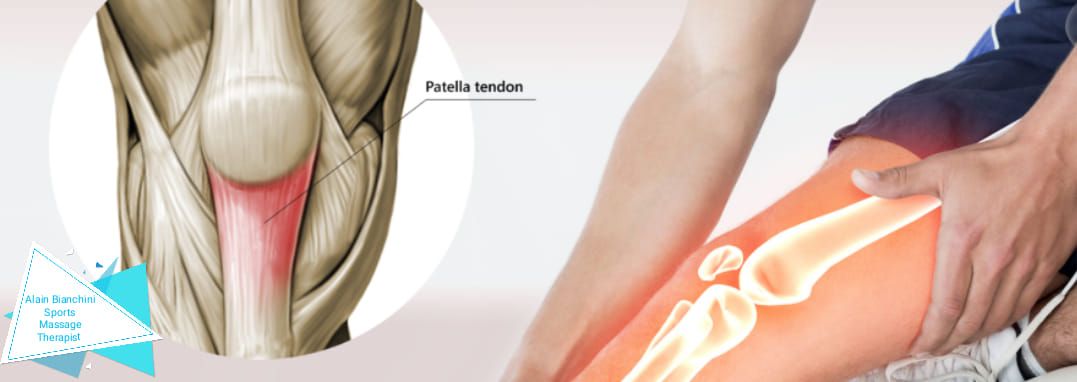 Maltracking refers to several different conditions when the patella does not remain within the central groove of the femur (thigh bone). This includes ELPS (excessive lateral pressure syndrome) or LPCS (lateral patellar compression syndrome), patella tilt, subluxation and dislocation.✨✨
Maltracking refers to several different conditions when the patella does not remain within the central groove of the femur (thigh bone). This includes ELPS (excessive lateral pressure syndrome) or LPCS (lateral patellar compression syndrome), patella tilt, subluxation and dislocation.✨✨
🔹Exercises for Your Patella—Straight-leg raises to the back
🔸Lie on your belly.
🔸Tighten your thigh muscles, and then lift your leg straight up away from the floor.
🔸Hold for about 6 seconds, slowly lower the leg back down, and rest a few seconds.
🔸Do 8 to 12 repetitions, 3 times a day.
Jumpers, runners and other athletes like cyclists, skiers and soccer players that place added pressure on their knees often end up with this condition. The knee is not only complex, but it is also extremely sensitive. Numerous factors contribute to this condition, such as an injury, partial or complete dislocation, flat feet, imbalance, tightness or weakness in the thigh muscles and a malalignment of the kneecap. One of the commonest problems is a muscle tightness in the front of the thigh known as the quadriceps muscles. Patellofemoral pain syndrome might be the result of irritation in the soft tissues around the front part of the knee. Strained tendons tend to be quite common in athletes. Other factors include improper stretching, overuse and muscle imbalance. Pain beginning in another part of the body might also cause pain in the knee. Occasionally PFPS may be called Runner’s Knee. However, this is more commonly referred to the condition iliotibial band syndrome where you get pain on the outside of the knee. PFPS can actually cover a range of conditions, but tend to all cause pain at the front of the knee. PFPS is typically an over-use condition, with athletes reporting the pain after doing too much. Typically, it may affect long distance cyclists, or runners who overload their body too regularly.
Patellofemoral Pain Syndrome Anatomy There are lots of structures around the front of the knee that can give pain. However, one of the most common is the patella (kneecap). The main muscles in the thigh known as the quadriceps connect into the patella. There is also a strong tendon below the patella which attaches to the tibia (the lower leg bone). Around the patella is a sheath known as the patella retinaculum which can become tight and inflamed. There are also bursae (sacs of fluid) situated around the patella which can become inflamed and aggravated.
How to Treat Patellofemoral Pain Syndrome:
Tips: Stay in shape. Good health is important to being able to prevent and control pain in the kneecap. If you need to, lose a few pounds to avoid overstressing the knee. Avoid any sudden changes in exercise intensity. Increase activity gradually. Use running shoes with great shock absorption and ones that are suited to your particular sport. Make sure they fit properly and are in good condition. Before running or participating in any other type of exercise, take five minutes to warm-up, followed with some exercises to get the blood flowing to the muscles. Use proper form when running. Seek advice from a coach to ensure good technique.